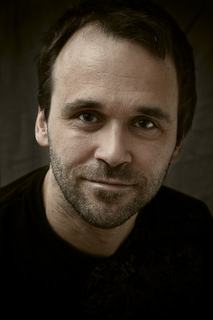 Dies ist ein Gastartikel von Sven Seebeck. Sven lebt in Finland und fotografiert überwiegend die Landschaften im Norden Skandinaviens. Seine Arbeiten könnt Ihr auf seiner Webseite svenseebeck.com finden. Auf Twitter findet Ihr ihn unter @svenseebeck.
Dies ist ein Gastartikel von Sven Seebeck. Sven lebt in Finland und fotografiert überwiegend die Landschaften im Norden Skandinaviens. Seine Arbeiten könnt Ihr auf seiner Webseite svenseebeck.com finden. Auf Twitter findet Ihr ihn unter @svenseebeck.Heute möchte ich Euch eine Technik vorstellen, die mich nunmehr schon eine ganze Weile begleitet und auf die ich immer wieder gerne mal in der Landschaftsfotografie zurückgreife: die Panning Technik.
Diese Technik wird für gewöhnlich bei bewegten Objekten angewendet mit dem Ziel, das Objekt relativ scharf vor einem verwischten Hintergrund abzulichten. Eine schnelle Suche auf Flickr bringt entsprechende Beispiele. Auf die Idee, diese Technik allerdings in der Landschaftsfotografie anzuwenden, bin ich jedoch durch einen Artikel über den englischen Fotografen Ted Leeming in dem Magazin Outdoor Photography aufmerksam geworden.
Ein Teil seiner Arbeit zeichnet sich durch die Verwendung eben dieser Panning Technik in der Landschaftsfotografie aus. Da in dem Artikel nicht beschrieben war, wie er seine Fotografien erstellt, musste ich es eben selbst heraus finden.
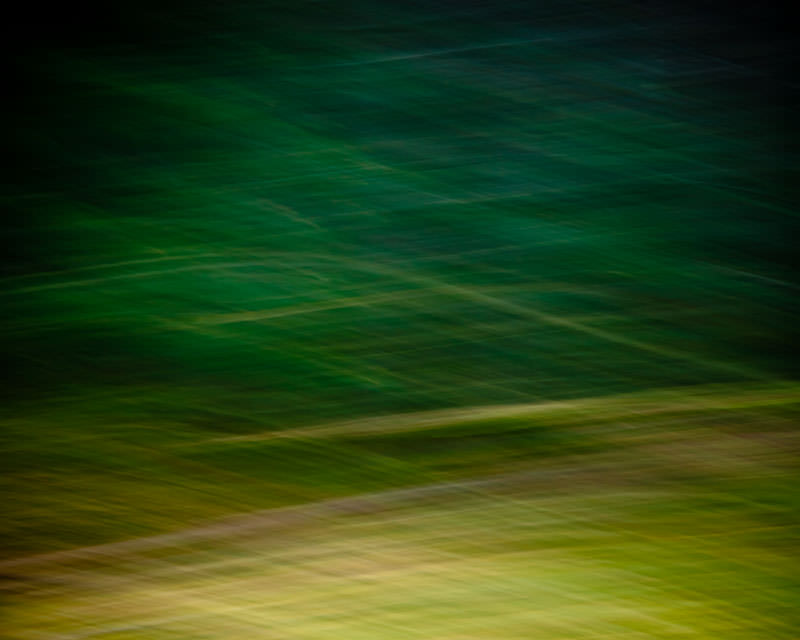
Im Grunde genommen handelt es sich hierbei lediglich um eine Langzeitbelichtung, bei der man während der Belichtung gewissermassen durch das Motiv die Kamera zieht (oder dreht), um den Effekt des Verwischens zu erreichen. Hier sind der Kreativität keinerlei Grenzen gesetzt. Man kann die Kamera von oben nach unten, oder umgekehrt, von links nach rechts ziehen oder einfach kreisen usw. Auf dem Display kann man schnell das Resultat sehen.
Ich will hier keine Regeln aufstellen, aber ich habe gute Erfahrungen damit gemacht, die Kamera entsprechend dem Motiv zu Bewegen. Zum Beispiel bei Bäumen vertikale Bewegungen und bei Szenen mit einer klaren Linie am Horizont, horizontale Bewegungen. Laub auf dem Boden macht in einer rotierenden Bewegung eine gute Figur.
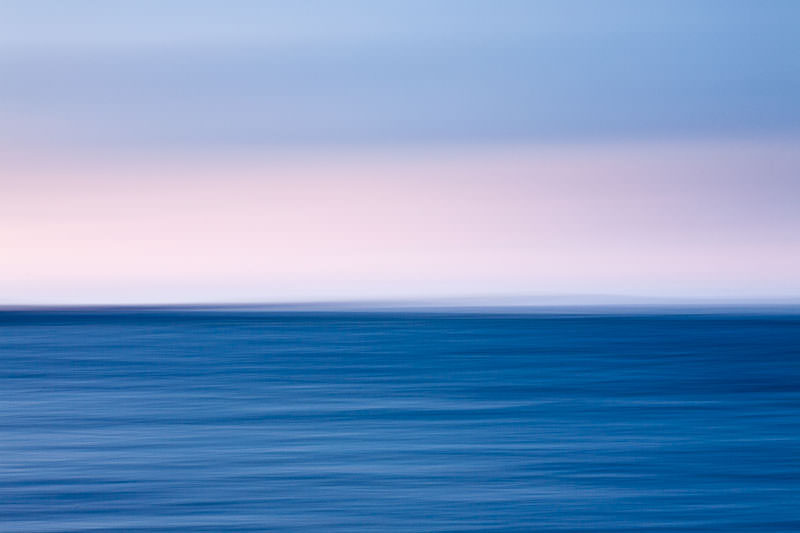
Hier alles erlaubt was gefällt und man muss viel experimentieren. Wichtig ist jedoch, das die Belichtungszeit ausreichend lang ist, obwohl dies natürlich auch von der Geschwindigkeit der Bewegung abhängig ist. Ist die Belichtungszeit zu Kurz, wirkt das Bild schlicht, nur unscharf und nicht gewollt verwischt.
Belichtungszeiten von 0,5 Sekunden sind in der Regel schon ausreichend und ich fand den Effekt am Besten, wenn man die Kamera während der Bewegung auslöst und nicht schon vorher.
Um entsprechende Belichtungszeiten auch bei Tageslicht zu erreichen, sollte man auf jeden Fall die niedrigste ISO verwenden, die die Kamera hergibt. In den meisten Fällen wäre dies wohl ISO 100 oder wie bei einigen Modellen (z.B. Canon’s 5d’s) ISO 50 im erweiterten Modus. Auch einige Point’n Shoot Kameras haben diese Funktion. Gelegentlich nennt es sich dann ND Filter.
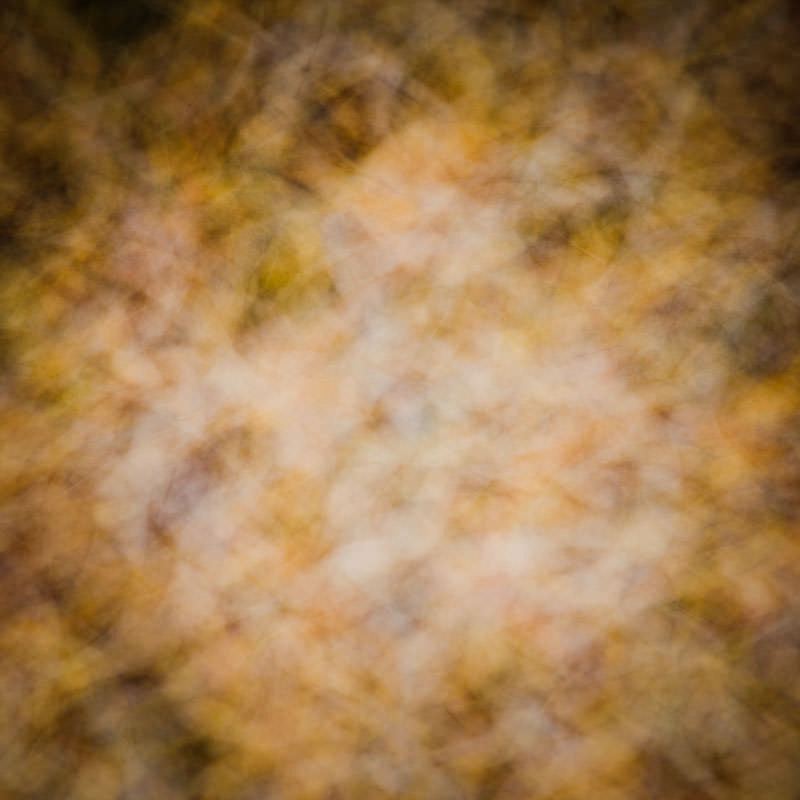
Hat man die niedrigste ISO ausgewählt, ist es am einfachsten, im TV Modus (Zeitmodus) zu arbeiten und die gewünschte Belichtungszeit einzustellen. Die Kamera übernimmt dann die Auswahl der entsprechenden Blendenöffnung. Meist wird dies eine recht kleine Öffnung sein, wahrscheinlich f/11 oder kleiner, wenngleich dies selbstverständlich aber auch von den Lichtverhältnissen abhängig ist. Aus reiner Gewohnheit arbeite ich allerdings im AV- oder Manuellen Modus und stelle ich Kamera entsprechend selbst ein. Schärfentiefe ist bei dieser Technik kein Problem – etwaige Verzerrungen durch eine extrem kleine Blende (z.B f/32) fallen hier nicht ins Gewicht.
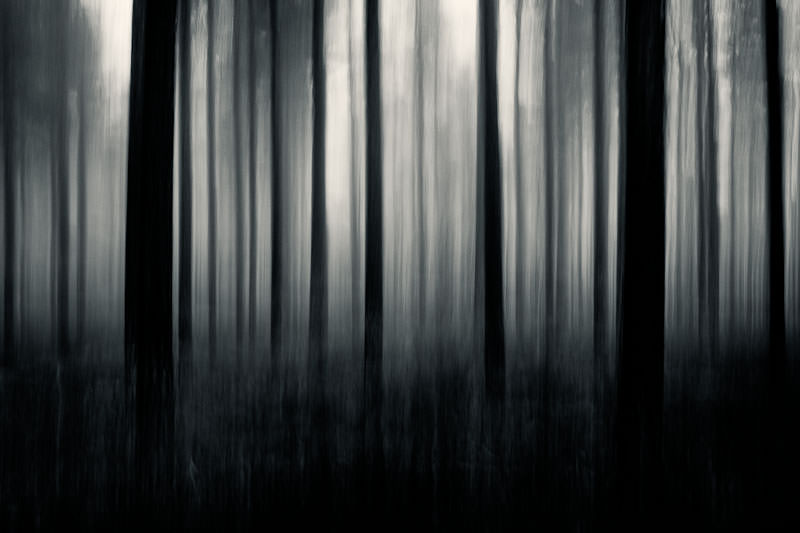
Reizvoll finde ich diese Technik, da man durch sie nicht unbedingt von besonders spektakulären Szenen und besonderes fotogenem Wetter abhängig ist. Mit dieser Technik kann man auch schon im eigenen Garten/Hinterhof gute Ergebnisse erzielen. Langweiliges, graues Wetter ist auch hilfreich, um entsprechende Belichtungszeiten bei Tage zu bekommen.
Falls Euch diese Technik gefällt und Ihr selber damit experimentiert, verlinkt doch einfach zu Euren Ergebnissen in den Kommentaren. Danke!
***
Werbepause: Buchtipp – Vom Alltäglichen zum Besonderen!

KWERFELDEIN | Digitale Fotografie



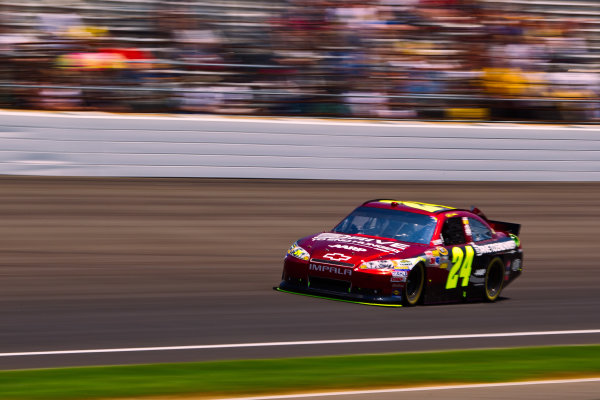
 Dies ist ein Gastartikel von Sven Seebeck. Sven lebt in Finland und fotografiert überwiegend die Landschaften im Norden Skandinaviens. Seine Arbeiten könnt Ihr auf seiner Webseite svenseebeck.com finden. Auf Twitter findet Ihr ihn unter @svenseebeck.
Dies ist ein Gastartikel von Sven Seebeck. Sven lebt in Finland und fotografiert überwiegend die Landschaften im Norden Skandinaviens. Seine Arbeiten könnt Ihr auf seiner Webseite svenseebeck.com finden. Auf Twitter findet Ihr ihn unter @svenseebeck.



You must be logged in to post a comment.